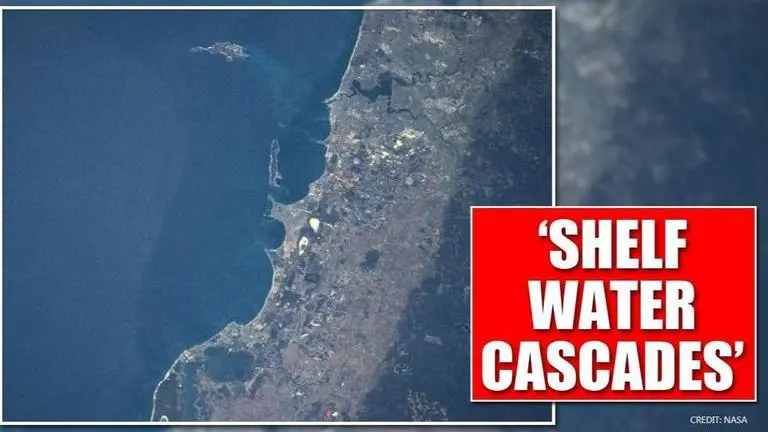Updated 19 June 2020 at 12:47 IST
Australia: Scientists discover mysterious network of underwater rivers along coastline
Data that spanned more than a decade and was equivalent to 2500 days at sea in Australia was accumulated using the Integrated Marine Observing System.
- World News
- 3 min read

Scientists from The University of Western Australia have discovered an unprecedented system of underwater rivers inside the ocean on the continental shelf of southwestern sea beds at a scale that occurs nowhere in the world. The undersea phenomenon – called Dense Shelf Water Cascades – shows layers of dense water that creep along the ocean floor, according to new data recorded by UWA-operated ocean gliders submersibles, also part of the national Integrated Marine Observing System.
The observations were published in Nature Scientific Reports Journal on June 19 as the new study ‘Occurrence and seasonal variability of Dense Shelf Water Cascades along Australian continental shelves.’ “Defined as Dense Shelf Water Cascade (DSWC), analysis of field data, collected from multiple ocean glider data missions around Australia, confirmed that under a range of wind and tidal conditions, DSWC was a regular occurrence during autumn and winter months over a coastline spanning over 10,000 km (6,200 miles) of the Australian coastline,” the study noted.
Some very interesting work using a decade of IMOS Ocean Glider data with over 250 transects from around Australia 🌊🇦🇺 https://t.co/nVkgXxTELd
— Integrated Marine Observing System (@IMOS_AUS) June 18, 2020
Further, it revealed, currently at their peak, these rivers occur when heat loss causes shallower water to cool, which forces the dense water to form an inner shelf. The water then flows offshore along the Australian seabed and forms several underwater rivers. Dr. Tanziha Mahjabin, the lead researcher of the UWA Ph.D. thesis, said that the data that spanned more than a decade and was equivalent to spending more than 2500 days at sea, was accumulated using the Integrated Marine Observing System that detected eight sites surrounding Australia.
The results put together by the scientists between the years 2008 and 2019 showed that the phenomenon was seasonally variable which invariably heightened in winter due to heat loss in shallower waters. Professor Chari Pattiaratchi from UWA’s Oceans Graduate School and Oceans Institute said that because the water flow was below the surface, satellites were used to track surface features such as river plumes and ocean gliders were deployed. “This is the most significant discovery for coastal oceanography in recent decades, not only in Australia but globally,” Professor Pattiaratchi said.
Advertisement
We were able to examine data from different areas of Australia and also look at the seasonal variability, Dr. Mahjabin said in the published report.
Advertisement
Largely driven by wind, tides, buoyancy
In a statement, the University of Western Australia Professor Pattiaratchi explained, "These dense shelf water cascades are common in high-latitude regions as a result of ice formation, but this is the first time these processes have been discovered in sub-tropical regions, and to be present throughout the year.” The study discovered that the Circulation and mixing on continental shelves in Australia were also largely driven by wind, tides, and input of buoyancy at the boundaries (terrestrial and the air-sea interface). In the shallow continental shelves, such as at Two Rocks, where the Ekman depth is 70 m, the influence of earth rotation is minimal therefore, buoyancy-influenced coastal currents reduced and rivers were not formed to that greater a degree.
Published By : Zaini Majeed
Published On: 19 June 2020 at 12:47 IST




